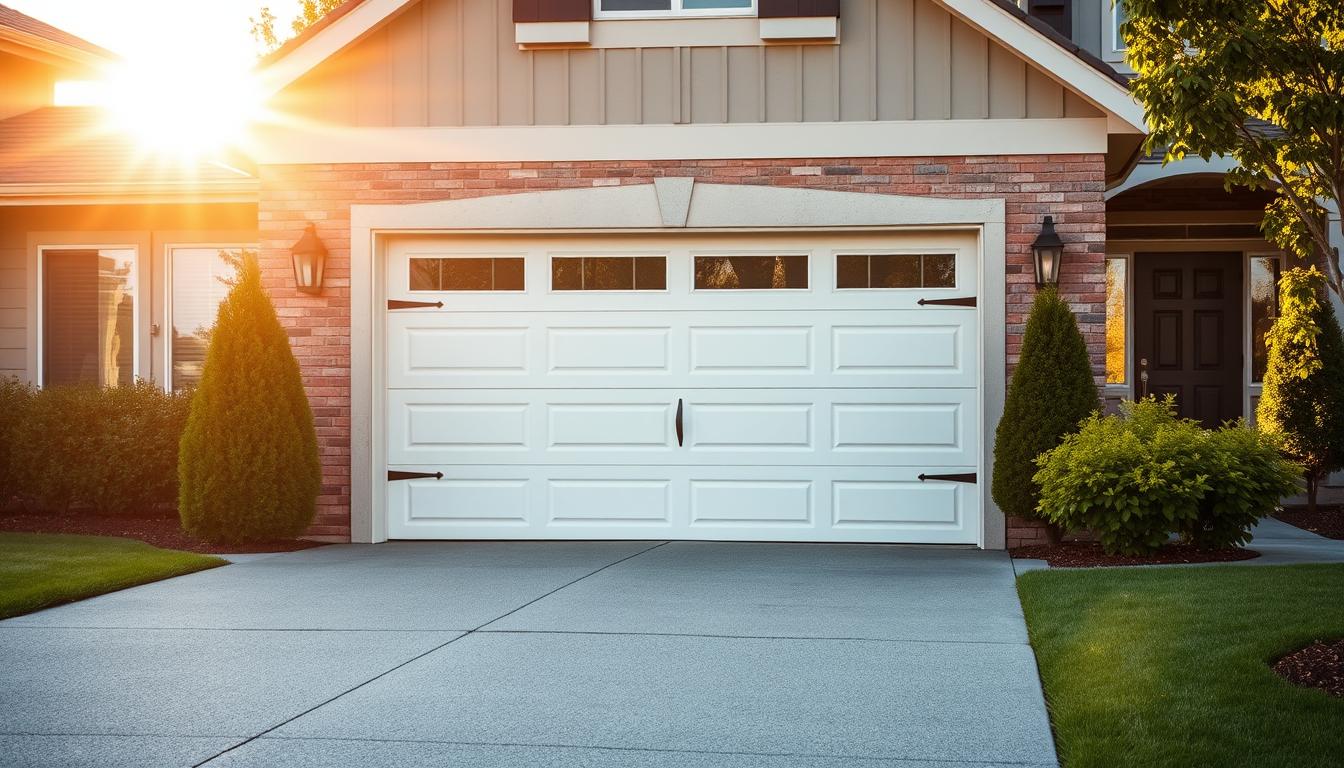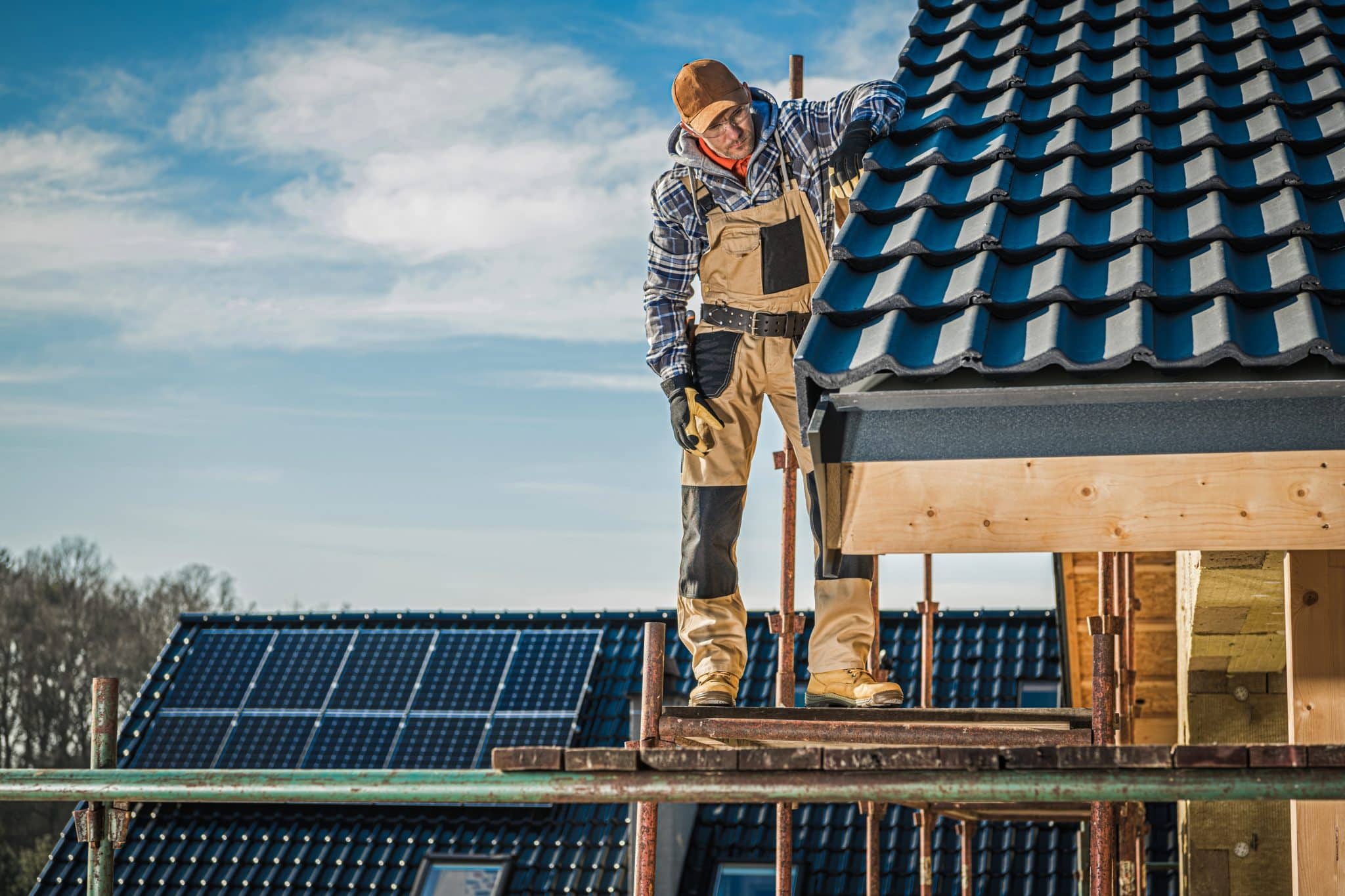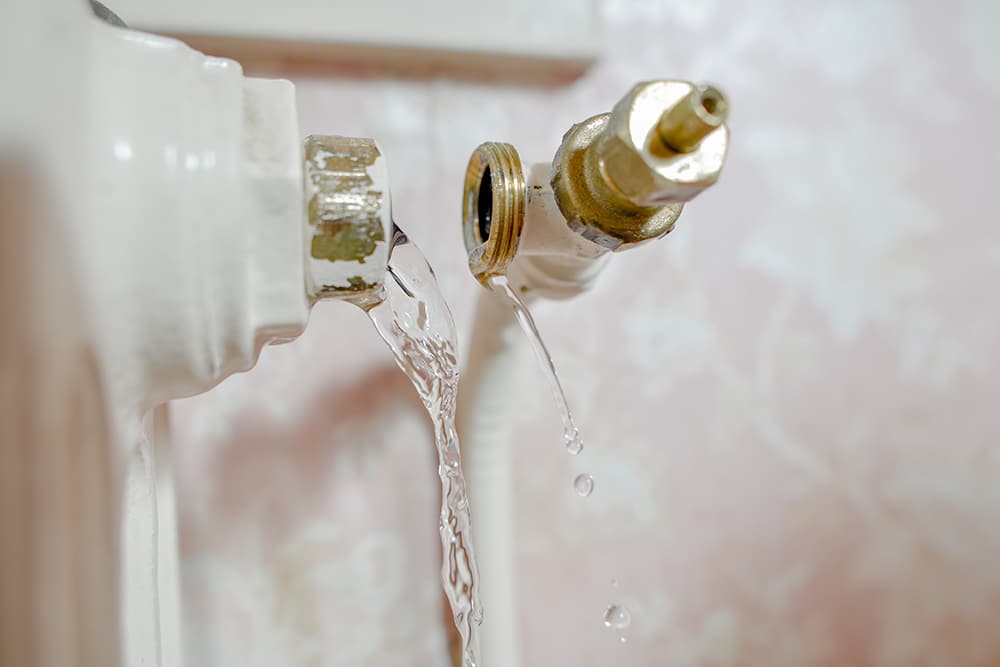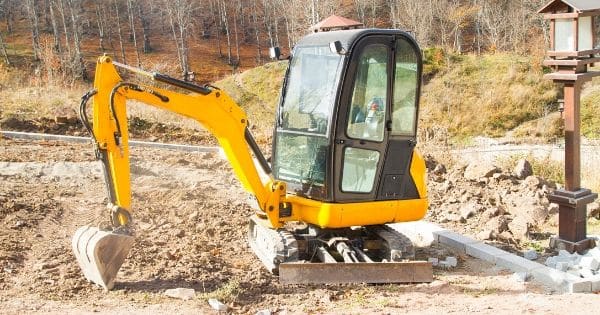What Type of Wood is Best for a Deck?
Deciding what type of wood is best for your deck can be a daunting task. There are various factors that come into play, such as the climate you live in, the level of maintenance you’re willing to commit to, and your budget.
You may also consider the aesthetics and how they align with your home’s architectural style. The good news is, My Dee’s Decks n’ Ducts is here to help you make an informed decision.
In our subsequent discussions, we will delve into the different types of woods available for decks. Our aim is to ensure you choose a type that not only fits your preferences but also serves its purpose effectively.
Deck Wood Qualities
When building a deck, you must consider several qualities of the wood. One critical factor is the wood’s natural durability. Woods like teak, ipe, and cedar inherently withstand rot and insect damage, adding longevity to your structure.
Woods are often pressure-treated to resist decay and insects. Yet, certain hardwoods such as redwood and cedar already have impressive rot resistance. These hard choices increase your deck’s life expectancy.
- Softwoods: These include spruce, pine, and fir—species typically more susceptible to rot and insects.
- Hardwoods: On the other hand, hardwoods like oak, maple, and ash promise greater resilience.
- Moisture Resistance: Opting for water-resistant woods like teak can deter damage incurred from moisture.
- Sustainable Choices: Seek out certified woods approved by organizations like the Forest Stewardship Council (FSC) for eco-friendly sourcing.
If you thought of foregoing treatment on your wood, remember that untreated wood demands regular maintenance. If you’re looking for more information on this topic, a good resource we found helpful is this article.
Included among the options for deck wood are cedar and redwood. Both species naturally resist rot and insects while possessing noticeable color characteristics. High-durability hardwoods such as ipe are also worth considering.
Redwood Decking
Redwood and cedar offer an appealing aesthetic for your deck, paired with enduring quality and durability lasting up to 20 years.
Durability and Maintenance
The natural resistance these woods have against rot and insects lessens the need for additional chemical treatments, making them easier to maintain.
While a bit pricier initially, their longevity often justifies the investment. Choose wisely between budget-friendly or premium grades.
Heartwood vs Sapwood
We suggest spending more on heartwood, significantly more durable than sapwood. Heartwood’s superior longevity makes it worth the extra expense in most cases.
Materials Evaluation
Different deck materials excel in different climates and vary in price points. For further insights into decking materials, consider this resource.
Select a decking material that best suits your requirements and environmental conditions to ensure maximum value and enjoyment from your deck.
Hem-Fir Decking
If you’re considering Hem-Fir for your deck’s material, you’re choosing a wood type that’s budget-friendly and fairly easy to work with.
Durability and Maintenance
However, Hem-Fir requires consistent sealing or staining to protect it from the elements. Otherwise, it degrades relatively quickly.
Aesthetics and Installation
Hem-Fir has a light hue which can bring warmth and brightness to your outdoor space. Furthermore, it’s relatively soft, making installation easier.
Cost Consideration
Hem-Fir is one of the most cost-effective decking materials. Nevertheless, factor in the additional costs for regular maintenance.
Best Wood for Decks
If you’re looking to build a deck, the type of wood you choose is crucial. There are various options available, each with their unique properties.
Treated wood is low maintenance and has a natural look. However, it might not be as durable or water-resistant as other types.
Softwoods like cedar are highly environmentally friendly and easy to install. They also have a natural look but can be susceptible to insects.
Hardwoods, such as Ipe, are remarkably durable and long lasting. They are water-resistant, insect-resistant, and have a beautiful natural look. However, they require more maintenance and can be challenging to install.
- Treated Wood: Low maintenance, natural looking but less durable than hardwoods.
- Softwood (Cedar): Environmentally friendly, easy to install but can be prone to insect damage.
- Hardwood (Ipe): Durable and long-lasting but requires more maintenance and it’s harder to install.
In choosing the right wood for your deck, consider what properties are most important to you.
Bear in mind that factors like your local climate can influence which wood is the best choice. Always consult with a decking expert beforehand!
Deck Material Options
Choosing the right lumber for your deck project is crucial. The choice you make depends on multiple factors like budget, aesthetics, and maintainability.
What should be considered for posts of high decks?
For high decks, heftier posts provide better stability. Avoid twisted or bowed posts as these defects can worsen over time, affecting the deck’s durability.
Is perfect consistency in deck lumber critical?
Variation in wooden boards is normal. For deck construction, work out any bow as you nail them to the joists.
What type of boards is best for stair jacks?
Straight, solid 2x12s without splits or large knots are ideal for stair jacks. Eliminate boards with splits on top and knots along the lower edge.
Are there specific deck lumber options to consider?
Different types of lumber are available, such as pressure-treated, composite, PVC, and exotic hardwoods like Ipe and Mahogany. The choice greatly depends on your needs.
What tools are necessary for deck construction?
A variety of tools contribute to successful deck building – tape measures, framing squares, diggers, shovels, clamps, hammers, power nailers, and saws are just a few.
Composite Decking Considerations
Exploring composite decking options? There are numerous brands on offer, catering to different needs. Consider your requirements before investing in a type of decking.
Trex Composite Decking
Trex decking provides a low maintenance solution. Users generally opine that there’s no extra care needed to keep it looking impeccably fresh year-round.
However, in comparison with some brands, Trex can be slightly slippery when wet. This might be a consideration depending upon your location and usage.
TimberTech Composite Decking
TimberTech proves to be a stellar alternative to Trex due to its high friction, even when dampened with water. No more slippery scares for you!
The natural appearance of TimberTech decking is also praised. It lends an authentic feel to your deck while ensuring endurance beyond traditional wooden counterparts.
Azek, Deckorators, and Veranda
Azek composite decking is appreciated for its unique features. Other noteworthy names include Deckorators and Veranda, each providing quality and aesthetic appeal.
Despite the high upfront cost, the minimal maintenance needed for these decks offers a trade-off. See if they fit into your future home plans.
PVC Decking Material
When it comes to decking, PVC is a standout choice. Made of synthetic polyvinyl chloride, this material offers multiple benefits for decking applications.
With its high resistance, PVC is unyielding to water and weathering effects. This quality makes it an exceptionally durable option for your deck.
Additionally, its highly resistant nature makes it invincible against mold, mildew, and algae growth. This means a consistently clean-looking deck with minimal maintenance.
Furthermore, this material does not require any sealing or staining, a unique advantage that adds to the longevity of the deck. In some cases, PVC decks can last more than 50 years.
- Moisture resilience: PVC does not absorb moisture which helps reduce chances of warping or splintering,
- Realistic wood look: Despite being synthetic, PVC often showcases ultra realistic wood textures and grain patterns,
- Variety: Available in many colors, accommodating various tastes,
- Safety: The finish is slip-resistant and protective against algae, mold, and mildew,
- Versatile use: Ideal for decks around pools or in wet environments. Also suitable for fire zones due to its weather-resistant properties.
The cost of PVC decking varies; on average between $5 to $13 per square foot. Selecting the right product based on quality and features ensures you get value for your money.
Acknowledge the advantages of using PVC material if your goal is to have a highly resilient and low-maintenance deck that meets aesthetic values while remaining practical.
Top Woods for Decking
When choosing deck wood, consider more than just aesthetics. Durability and resistance to moisture and sun exposure are essential for long-lasting results.
The wood you select must withstand wear and tear, hence the need to prioritize quality, even if it comes with a heftier price tag. High-quality wood promises better resistance to decay, rot, and insect damage while maintaining its shape over a prolonged period.
Your deck’s lumber material matters immensely. Don’t compromise on quality for the sake of cost. What you save now may cost you in future repairs or replacements.
| Wood Type | Attributes | Origin |
|---|---|---|
| Ipe | Durable | Central and South America |
| Cedar | Natural beauty, durable, sustainable | North America |
| Redwood | Aesthetic appeal, durable, sustainable | North America |
| Hem-Fir | Affordable, durable | North America |
All cited woods are excellent options; your final decision hinges on budgetary considerations and personal taste.
The list includes an affordable choice (Hem-Fir) as well as high-end options (Ipe, Redwood). There’s something suitable for every pocket depth.
Cedar Decking Wood
Cedar decks add warmth and beauty to your outdoor space. As with any wood, to preserve its integrity, it’s essential to protect it against different weather conditions.
In places like Ottawa, Canada, where temperatures can fluctuate significantly, finding the right product to shield your cedar deck can be challenging. Thankfully, several viable options are on the market.
- Sikkens Deck Stain: This highly recommended product offers premium protection and enhances the grain pattern of your cedar deck. However, it has a relatively higher price tag than other stain brands.
- Cabot’s Deck Stain: Known for its durability and efficacy, Cabot’s stain enables the natural wood grain to stand out beautifully while offering excellent weather resistance.
- Xyladecor: Not widely known but praised for its quality, Xyladecor can produce stunning results on cedar decks. It’s made in the US by Boysen.
- Penofin: A UV-resistant oil that penetrates deep into the wood offering robust protection against harsh weather conditions.
No matter which product you decide on, regular maintenance is necessary to keep your deck looking its best. Therefore, plan on reapplying the product after a given period.
Also note that some stains such as Sikkens Cetol Dek can be extremely slippery when there’s a skim of snow. Always consider your local weather before choosing a product.
Your Best Deck Decision
Making your deck decision depends entirely on your personal preferences and requirements. Consider the qualities of Redwood, Hem-Fir, Cedar or optimum decking materials like PVC and composites. Don’t forget to visit this comprehensive resource on deck building for detailed information.







